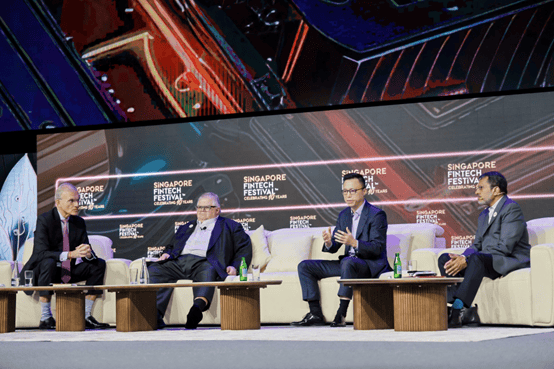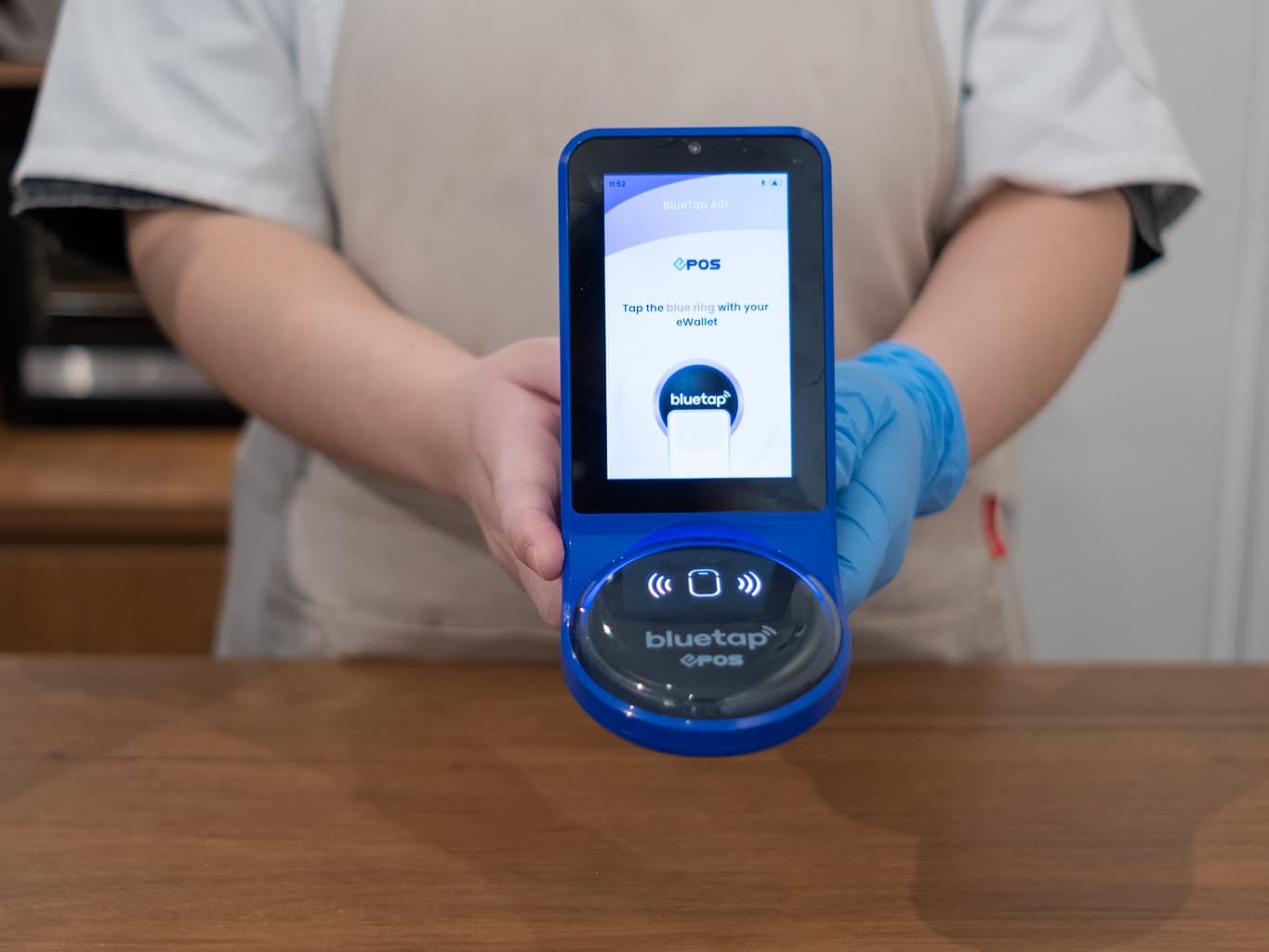By Simon Quinton, Senior AVP and UKI Country Manager at Tableau, a Salesforce Company
The number of people who use cash daily in the UK is steadily in decline. In fact, according to UK Finance in 2020, the number of people who say they rarely use cash grew to almost 14 million people – double the number in 2019.
And it’s no surprise, as more and more of us use cards, or our phones to pay for items regularly, and expect services to be delivered through mobile banking apps and chatbots, all backed-up by the latest technology to protect against fraud. But what are the implications of this change for tech businesses?
An explosion in data for business and what to do with it
A cashless society comes with an explosion in data. But this is only helpful if you know what to do with it – if you do, you can truly understand your customers and their changing needs and demands.
And cashless customers do have a new set of consumer needs. They demand more personalisation and at the same time expect products to deliver on simplicity and ease of use.
UK-based, Ocado Retail is just one example of how businesses can leverage their own data sets to meet these changing customer expectations. The online supermarket was able to connect supplier data to product performance and customer shopping behaviour to drive sales and to deliver a personalised online shopping experience that’s in-tune with customer needs.
These changes apply to fintechs too. The rising number of online banking apps and options for contactless payments not only deliver on these expectations, but they are also more efficient models of payment. Financial Services leaders must draw on key insights like this to deliver outstanding customer experiences that not only meet current needs, but that anticipate the future needs of their customers too.
Data protection and technology in a cashless world
As a cashless society becomes the reality – how can fintechs protect and utilise customer data?
The risk of customer data being exploited by fraudsters is a major concern for traditional financial institutions as cashless payments leave digital footprints. Customers are quite rightly left wondering who is using their data, what are they using it for, and what happens in the event of a data breach or cyber-attack?
The good news is that Financial institutions can also use data and analytics to identify these emerging threats, and provide insights to predict and alert customers to potential fraud in a way which simply would have been impossible in a cash driven society. Leveraging the power of data in this evolving environment will help financial institutions predict consumer behaviour and be alert to potential risks like fraud.
How can financial institutions thrive in a cashless world today, and tomorrow
To thrive in a cashless world, traditional financial institutions are rethinking their technical setup and investing in the latest analytics and data tools to help understand customer needs and accelerate their digital transformation. Data lies at the heart of this digital transformation, and it holds immense potential for the sector and companies working to reshape their business models.
But old, legacy, systems and a lack of relevant skills can create real obstacles for digital transformation. 44% of financial services companies have difficulty integrating new technology with legacy systems.
The good news is that there are plenty of tools to help financial institutions make this transition, and to prepare for a cashless society. There are also plenty of examples of financial institutions who have already made this change and who are reaping the benefits.
Charles Schwab is one of those examples. One of the largest publicly traded Financial Services companies in the US, the company has 345 retail branches, but their customer experience was highly varied from branch to branch. With increased competition, the need for a more tailored customer experience was pressing. Schwab aligned its branches and centres, monitoring both client activity and satisfaction to deliver client insights that allowed them to truly understand the customer’s needs. Bringing their data together with Tableau allowed the leadership to get a better picture, not just by region but by customer. This enabled every retail branch to engage more fully with customers and respond to their individual needs.
Businesses like this, which embrace change and utilise the data which comes with cashless transactions will thrive. This explosion in data ultimately helps companies unlock the power of technology to consistently innovate and improve, all while meeting changing customer expectations to offer best in class customer services.


